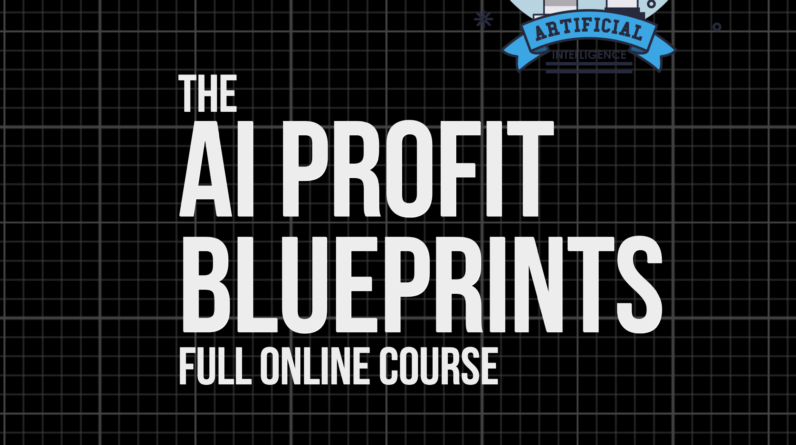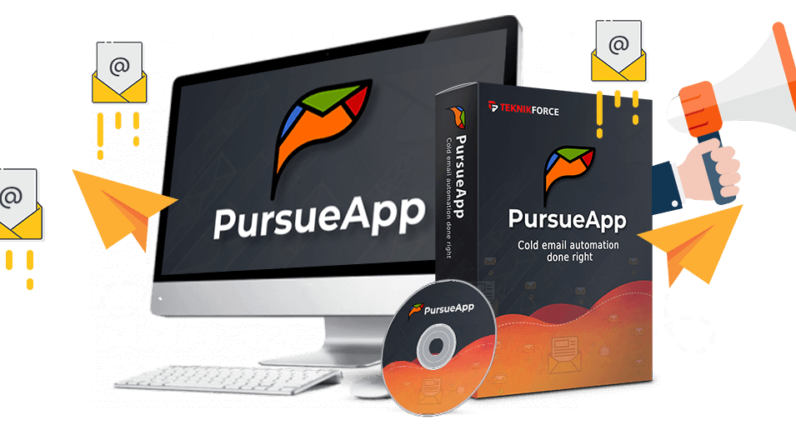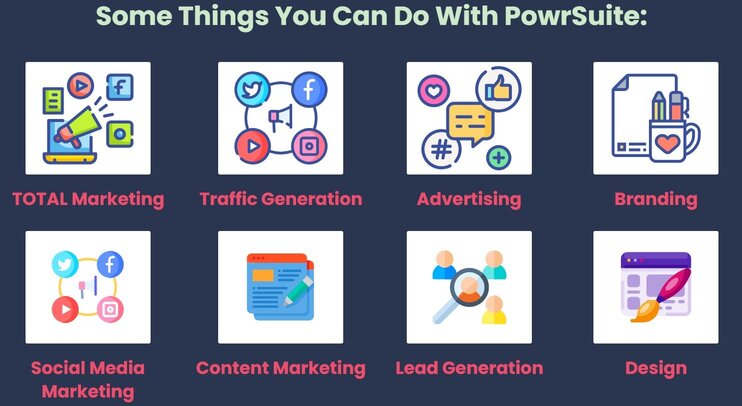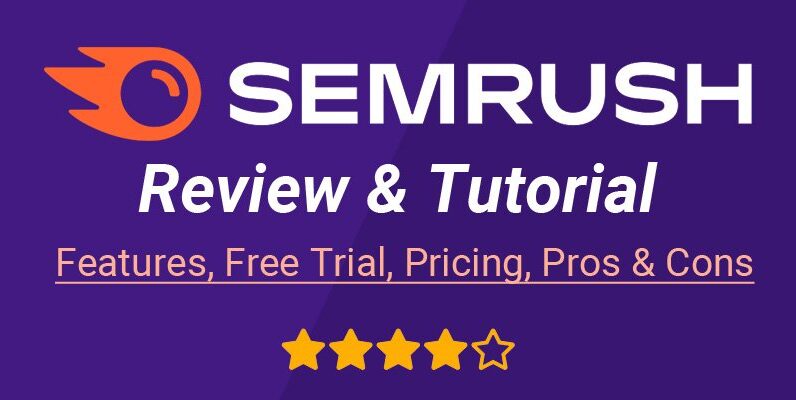Welcome and What Is PLR?
You’re about to learn about something so crucial to your business that you’re going to wonder why you haven’t been doing this all along.
As a business owner who understands the power of content marketing to help boost traffic, engage with your audience and make more money (and so much more), then you also realize that one person can’t generate that much content on their own.
To engage in effective content marketing, you need to publish relevant content consistently directed toward your ideal customer.
To accomplish this, you’ll need content for social media, your website, and more.
Content like blog posts, articles, downloadable PDF content, whitepapers, guides, checklists, and more – all published consistently 365 days a year – and promoted in a way that attracts your ideal customers and helps search engines send your audience to you.
PLR stands for Private Label Rights.
Some people also call this type of content, white-label content. Others may call it “done for you” content.
Whatever it’s called, the creator develops the content for their audience to use as their own or per their licensing agreement in a way that is beneficial for both.
Good PLR typically allows you to edit the content, use the content as is, and even assign your own name as the author.
However, you can’t fight for copyright from someone else who also uses it because the copyright still belongs to the creator.
This type of content might seem strange to someone, not in the publishing business.
But it’s not something new. PLR content has been around for a long time.
In the days before the ease of online downloads and purchases, if you run a city magazine, newspaper, newsletter, or another type of publication for your community, you could order done for you articles that you could cut out and paste into your publication.
Some of these outlets allowed you to edit the work and use it as your own. Some required that you used the work as-is.
It’s a lot like that now, but in most cases, good PLR companies will allow you to edit and change the work as well as put your name on it and use as is if that’s what you want to do, as long as you don’t try to assign copyright to yourself for the work.
Contrary to what people may think about this fact, it’s not plagiarism to use the content as intended by the creator.
Because this makes your life so much easier, using PLR is a no-brainer if you want to use content marketing to build your business. Rest assured that this has been done for ages, and not only is it ethical and legal, but it also works.
However, to use PLR the right way takes some understanding of how it all works together – knowledge of the best ways to make it work for your business, and how to do it for maximum return on investment – and that’s what you’re going to learn in this 30 Day Profit from PLR Challenge.
Get ready to put this to action and explode your business with private label rights content.





